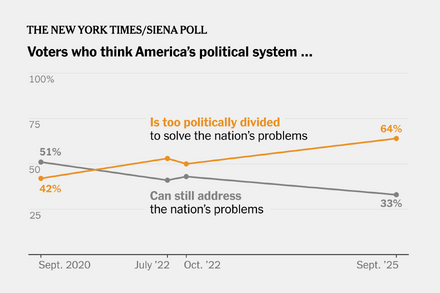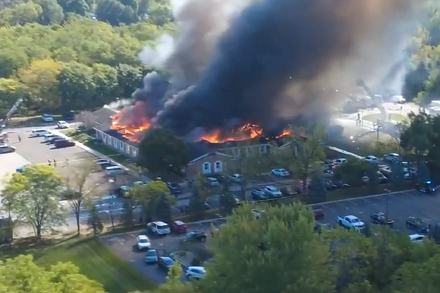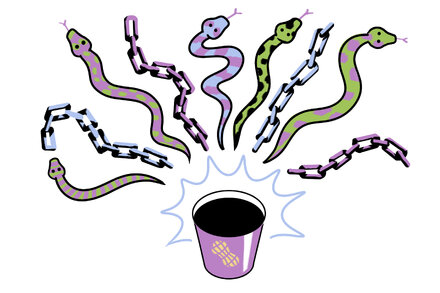The specter of a government shutdown looms over Washington D.C. as lawmakers face an impending deadline to pass appropriations bills or a continuing resolution. Without legislative action to extend funding, significant portions of the federal government could cease operations, leading to widespread disruptions and economic uncertainty.
A government shutdown occurs when Congress fails to enact the annual appropriations legislation that funds federal agencies and programs by the end of the fiscal year, typically September 30. In such a scenario, non-essential government services are halted, and federal employees deemed “non-essential” are furloughed without pay. Essential personnel, such as those involved in national security, public safety, and critical infrastructure, are generally required to continue working without immediate compensation.
The primary driver behind potential shutdowns often involves disagreements between the legislative branches and the executive, or between the two chambers of Congress, over spending levels, policy priorities, or specific legislative riders. Without a consensus on how to fund the government, a deadlock can lead to a lapse in appropriations.
The ramifications of a shutdown can be far-reaching. Millions of federal employees could face missed paychecks, impacting their financial stability and local economies. Public services, from national parks and museums to processing centers for passports, visas, and certain loan applications, may experience closures or significant delays. Research initiatives, economic data collection, and regulatory functions could also be disrupted.
Economists have previously warned that government shutdowns can have a measurable negative impact on the national economy, dampening consumer confidence, delaying federal contracts, and slowing down various economic activities. Past shutdowns have illustrated the logistical challenges and the human cost associated with these funding impasses.
To avert a shutdown, Congress must pass either 12 individual appropriations bills or a “continuing resolution” (CR), which temporarily extends funding at current or slightly adjusted levels. A CR buys lawmakers more time to negotiate and finalize the full appropriations package. Failure to pass either mechanism means agencies must begin shutdown procedures.
As the deadline approaches, the focus shifts to legislative leaders and the White House to find common ground and avoid a scenario that could ripple across the nation, affecting everything from federal workers’ livelihoods to the availability of key public services.
Source: Read the original article here.





